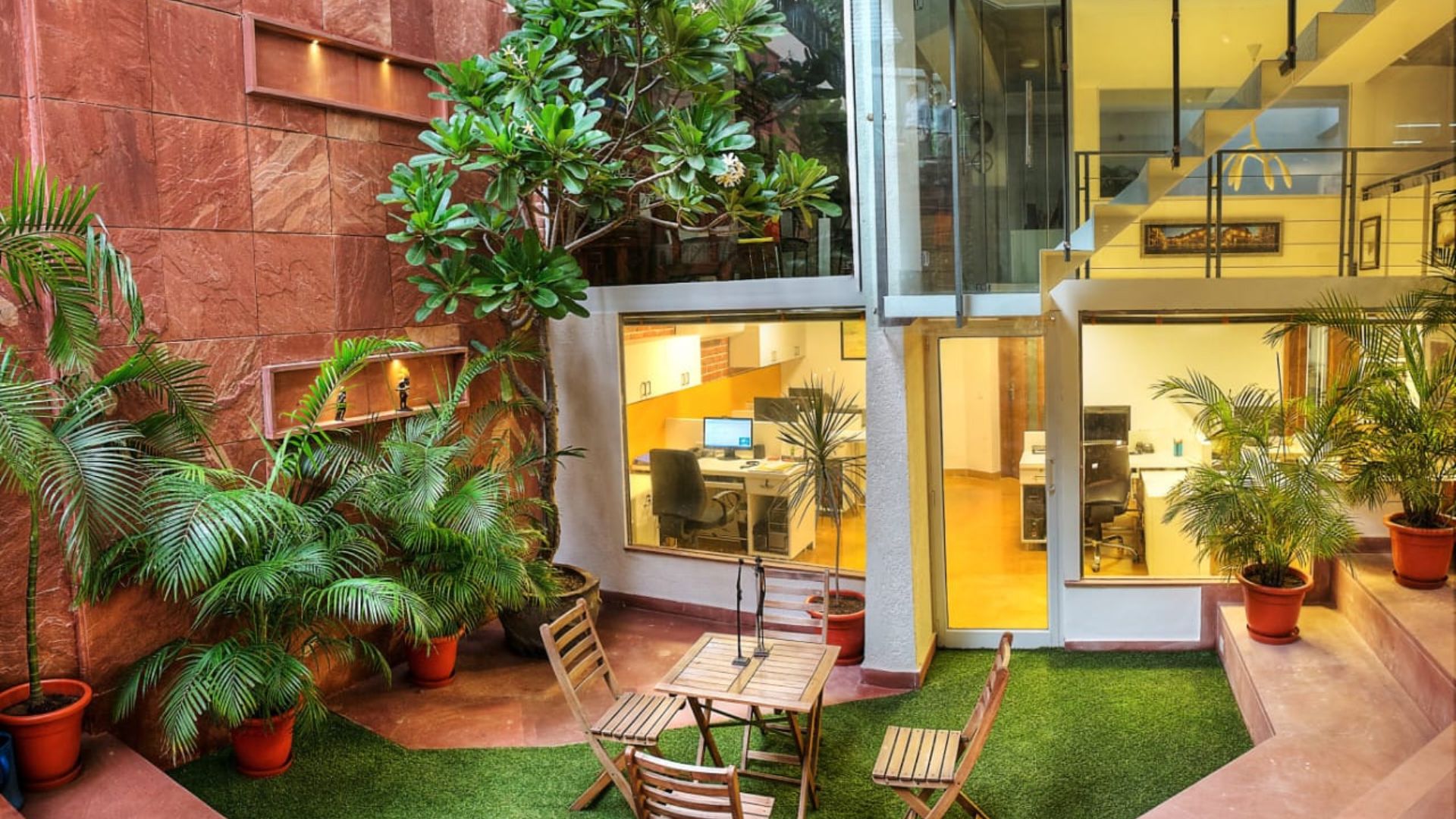Architecture, to a large extent, is driven by its surrounding context and environments. As one of the guiding factors in the process of design, an architect should carefully cater to the site of the project, respecting the topography, flora, and fauna. Therefore, on this Environment Day, let us reflect on our roles as architects and designers in our contribution to practicing sustainability, green design, and eco-friendly construction practices to give back to our environment.
Sustainable and energy-efficient architectural practices have found their way into mainstream architecture in recent years. With building and construction industry, responsible for a staggering 37% of global green house emissions, the need for green construction practices has never been more paramount. While past few decades of technological advances been able to reduce the carbon emissions on the micro levels in the process of construction, they have also allowed for faster rates of construction with rapid growth of cities.
There are various approaches to sustainable architecture, encompassing a broad range of practices and norms to reduce the carbon footprint of a building during construction as well as its lifetime. Ecological and legible means of material procurement, from the nearest possible sources to reduce transportation, is one of many ways to reduce the carbon footprint in the process of construction. With careful inspection, reusable materials could also be procured from a demolished site, reducing the overall material production up to some extent. In recent developments in the technologies used in construction, the concept of sustainable materials has been known to reduce the energy expended by the building by reducing energy consumption, heat loss, allowing recycling, etc.
Many such practices, performed with careful consideration, also help us build regenerative buildings. Regenerative buildings have a net position energy impact on the environment, using less energy and resources than traditional building practices. Adding more value to the environment than it consumes, with practices such as rainwater harvesting, energy production through renewable means, and much more. These buildings are often responsive to their surrounding environmental changes and capable of adapting to the changes in their surroundings.
One of many layers of sustainable design also focuses on the well-being and prosperity of its users. Practices pertaining to this doctrine such as access to natural light, fresh air, and green spaces have helped improve the mental and physical health of its inhabitants. With interventions of inclusivity community architecture, the space is accessible to individuals of all stature and distinct abilities.
A lot of these above-mentioned practices have been recognized by some of the largest names in architecture and construction, with certifications such as LEED and GRIHA also encouraging green construction practices in the industry. As architects, it is in our ability to keep innovating with sustainable interventions to support the cause. By embracing these practices, the buildings of today are built to meet the challenges of tomorrow, by giving back to the environment, on this environment day.
Architect Nilanjan Bhowal
Principal architect
Design consortium










